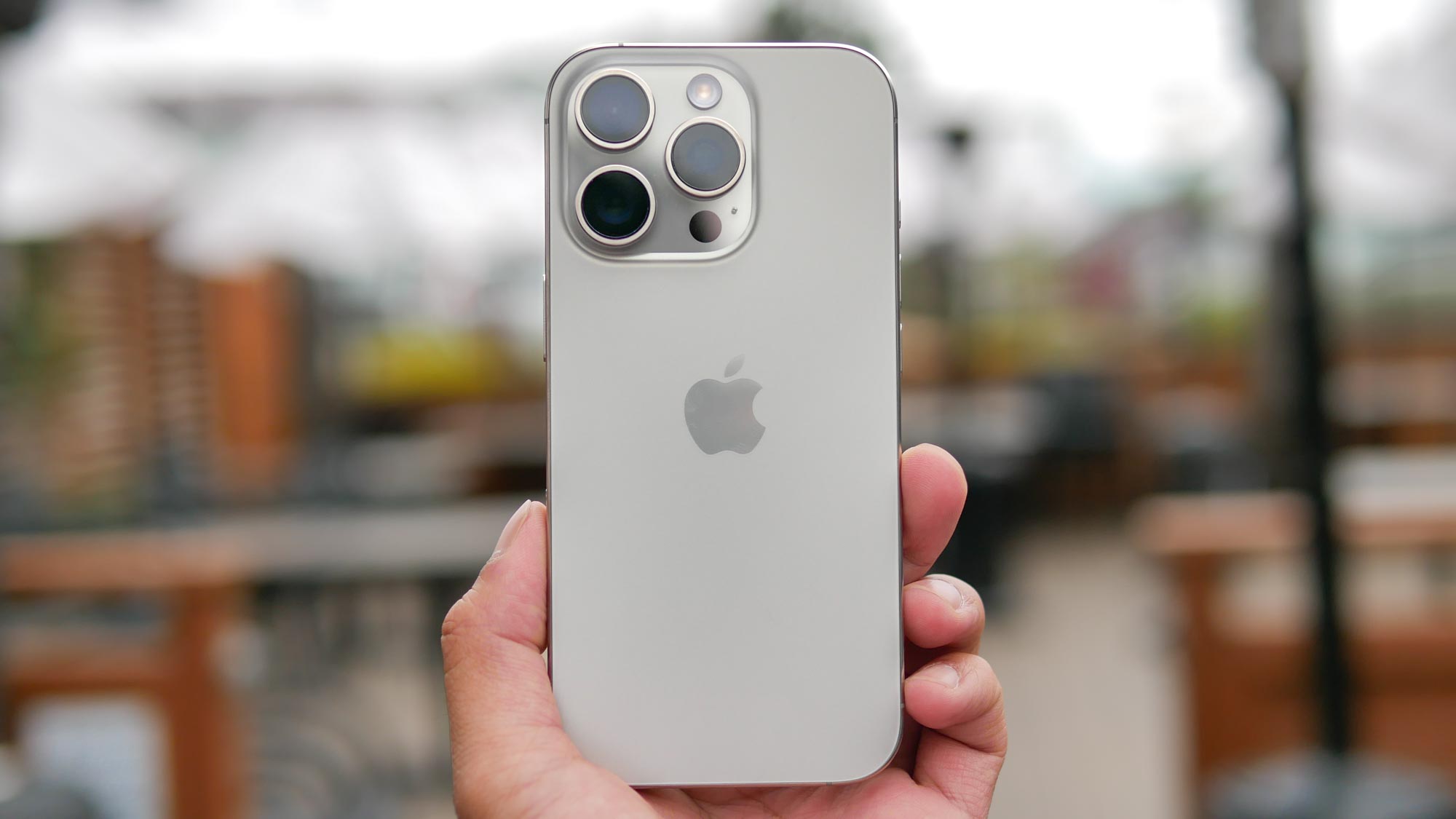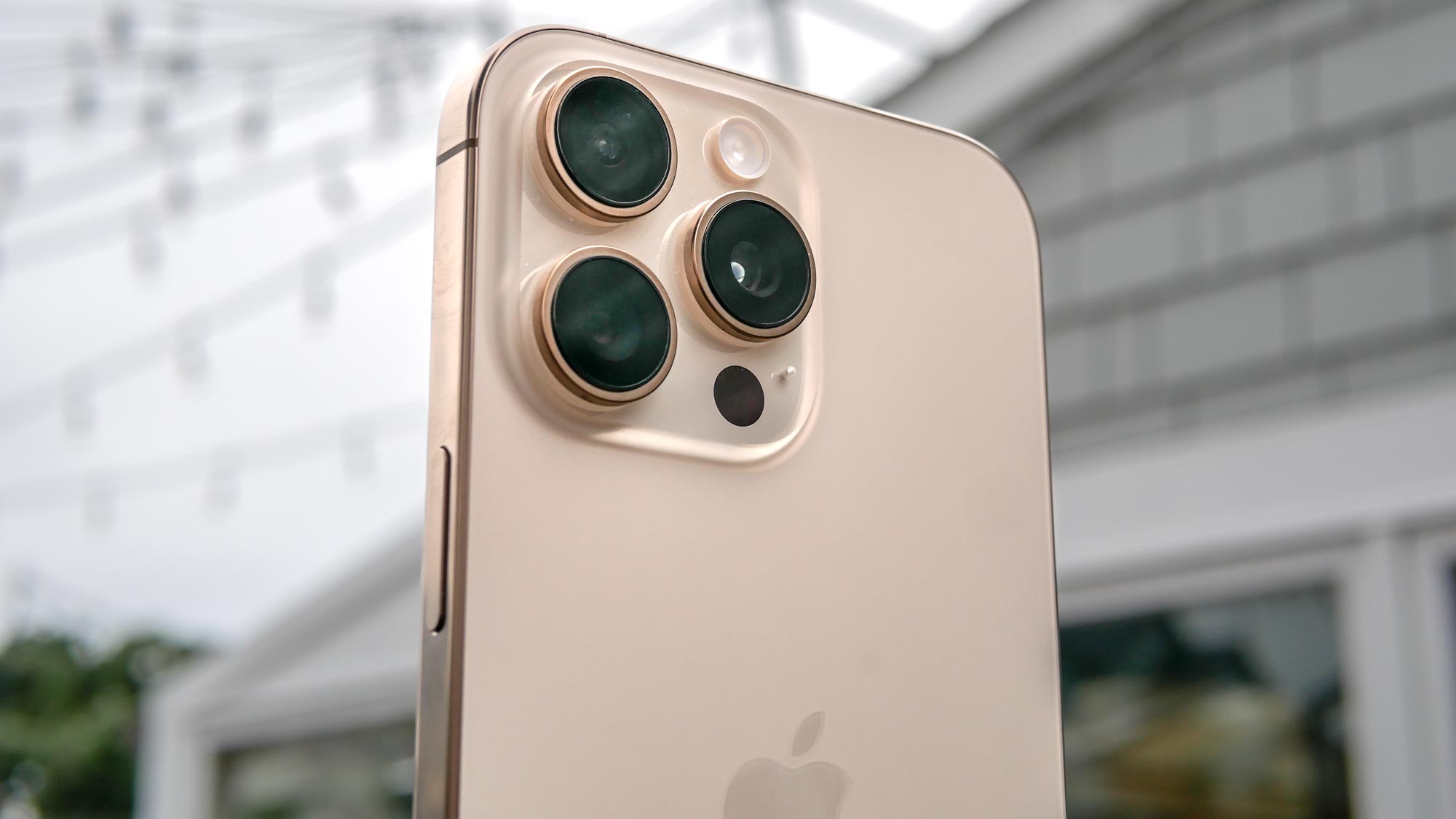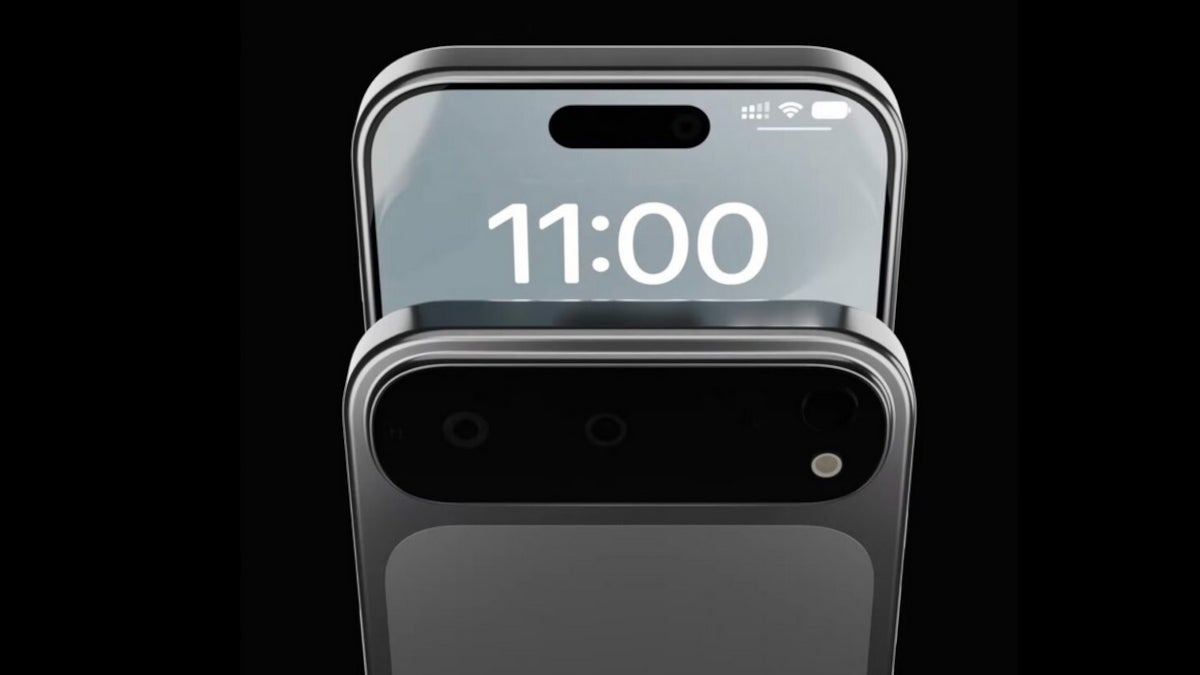iPhone 17 Pro could come with a brand new design — and I think that's a terrible idea
This could be a disaster

Towards the end of last year we started hearing rumors about how Apple could be changing the design of the iPhone 17 Pro — the first time since the release of 2019’s iPhone 11. In fact, those rumors suggest that Apple could scrap the square-shaped camera design in favor of something more horizontally-inclined. Or what sounds like a design copied straight from the Google Pixel 9.
That’s what the early renders are showing off anyway, though one of those designs is way too inelegant to have come from a major phone company — let alone Apple. I understand that redesigns happen, and the current iPhone design is heading towards its 6th birthday, but it’s not something Apple should be pursuing right now. Certainly not in the way that the rumors and renders are pointing to.
The current square camera is one of those things that makes an iPhone an iPhone — and it would be a mistake to toss it aside so casually.
iPhone's camera makes it distinct

From the front all phones look more or less identical. There are only so many ways you can make a slab of glass stand out from other rival slabs of glass. The back is a different story, but all the work you put into that design goes to waste if your customers end up slapping your phone into a case. Which may explain the rise in the number of transparent first party cases in recent years.
The one thing each phone maker has to differentiate their phones from the competition is the camera. You can’t cover up the camera with a case or any other kind of accessory, since that would defeat the purpose, meaning it’s always on view. Make that camera design stand out, and different enough from your rivals, and you have a recipe for instant recognition among large groups of people.
That’s something Apple has managed with the current square-shaped camera design. Think about how many phones you’ve seen that actually use a square camera module. There aren’t many, since most high profile phone makers tend to choose something a little more generic.
Vertically or horizontally-stacked camera lenses are pretty common. But you also have the giant hockey puck-shaped camera bumps that a lot of Chinese brands seem to be fond of as well. Often, but not always, in the middle of the phone. The problem with those designs is that unless you’re very familiar with a specific brand, and know what clues to look for, you probably won’t be able to recognize what phone it is. Not every non-iPhone looks generic, look at Google Pixels after the release of Pixel 6, but they still don’t stand out quite as much in comparison.
Maybe that’s something you want. Distinctiveness isn’t always a good thing, and there are benefits to owning an expensive flagship that is a little more discreet than an iPhone. A thief is more likely to steal the iPhone than generic Android phone #23, after all.
Apple also, notably, has included diagonal lens placement on all but two of its flagship phones that make the phone better stand out. That’s particularly notable on Pro models, with the 3-lens placement looking incredibly similar to some vintage video cameras — which is an ingenious piece of design.
Phone camera design can go very wrong

Aside from looking boring, there are plenty of ways to mess up the design of a camera bump. A bunch of big Chinese brands have fallen into some seriously bad habits here, with the aforementioned Hockey Puck cameras. Enormous rounded cameras that take up most of the back of the phone. Not only do they look terrible, it also means placing your phone camera-down on a table leaves it propped up at the kind of steep angle that could be used as a ski slope in Lilliput.
Even Google, which seemingly hit the jackpot with the Pixel 7 and Pixel 8’s camera bar design, messed this up with the Pixel 9. The new camera bar is bulky, blocky and sticks out more than a clown in the rainforest. As much as I like the ways Google improved on the Pixel 9, they need to go back to the drawing board with the camera design.
Apple design is one of the company’s big selling points, and the last thing it needs is to mess up the design of its most popular product for no reason. Apple doesn’t have a spotless track record when it comes to smart design, just look at the Magic Mouse or the M4 Mac mini. But scrapping a perfectly good design for something less impressive is only going to use up some of the goodwill it’s built-up with consumers over the past few years.

Admittedly the camera bump on a Pro Max iPhone is pretty large. Good cameras are rarely small, and there may be plenty of reasons why a total redesign of the camera module could benefit an iPhone’s interior design. Apple’s just got to make sure it doesn’t suck.
Apple certainly knows the stakes, but I find it difficult to imagine why it would choose to mess with a good thing — and run the risk of getting it wrong. Plus, if the company switches to a horizontal camera layout, what does this mean for recording spatial video?
The whole point of tweaking the lens positioning on iPhone 16 and 16 Plus was so that the two lenses were aligned for shooting spatial video when the phone is held horizontally. Switching up the design in the way people have claimed ruins that, and means all spatial video would have to be filmed vertically — and I don’t like that idea one bit. Spatial video may be pretty niche, especially with lukewarm Apple Vision Pro reception, but it doesn’t feel like the kind of thing Apple will toss aside so easily.
Bottom line

If Apple is going to change the iPhone design, then it’s going to change the iPhone design. There’s not a whole lot you or I can do about that. It just seems like a waste of a perfectly good and functional design that looks good, and helps the iPhone stand out in all situations. In an age where people treat phones as status symbols on par with clothing, that point actually matters.
Then again it’s very easy to dismiss change for being new and scary, something Apple probably knows all too well. If the rumors are true, and the iPhone 17 Pro is coming with a brand new design, then I have no doubt it’s taking it very seriously. The last thing we want is for one of the most valuable companies in the world to come out with the mobile equivalent of the Tesla Cybertruck. Or worse, something that looks like it was designed by an amateur graphic designer over in under an hour.
More from Tom's Guide
Sign up to get the BEST of Tom's Guide direct to your inbox.
Get instant access to breaking news, the hottest reviews, great deals and helpful tips.

Tom is the Tom's Guide's UK Phones Editor, tackling the latest smartphone news and vocally expressing his opinions about upcoming features or changes. It's long way from his days as editor of Gizmodo UK, when pretty much everything was on the table. He’s usually found trying to squeeze another giant Lego set onto the shelf, draining very large cups of coffee, or complaining about how terrible his Smart TV is.
-
Sharkbaitnate Strong disagree. Lots of phone manufacturers tuck their cameras into the corner like this. It means the phone wobbles on a desk and truly provides no camera alignment benefits that couldnt be addressed by a lateral bar. They shouldnt copy the pixel because it would demonstrate google has the right design, which I personally like. Also, woth the camera bar that close to the phone edge, you couldnt hold and shoot in landscape though.Reply -
spencer60 I actually like the blacked-out bar across the top shown in the render much better than the insectoid lens square the iPhones use now. Even if it's not blacked out and you can see the individual lenses I think it would look better and more symmetrical than the existing design.Reply
And who cares (except maybe tech journalists) what phone you are carrying if they see you using it? It may be a bit a geek cred, but that's about it.
